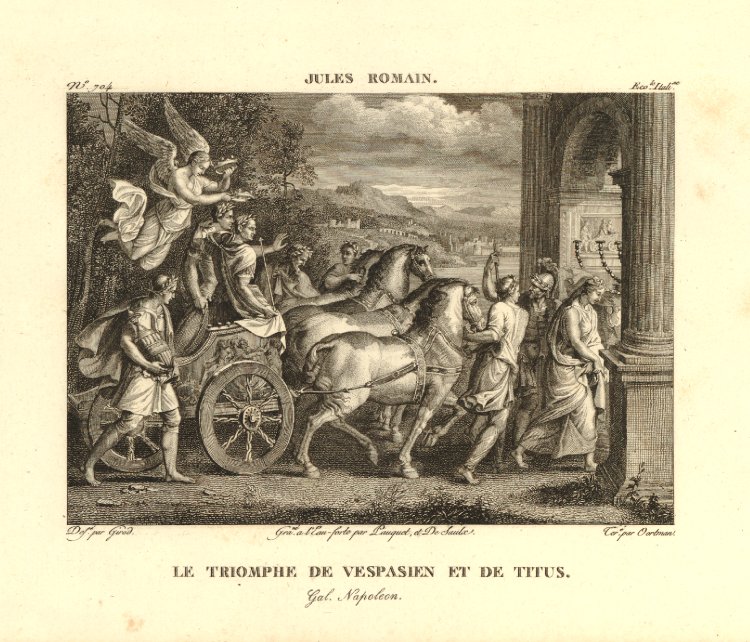Vespasian was declared Emperor of Rome by the Roman Senate on 21 December 69 CE.
Assuming power after the savage eight-month rule of Emperor Vitellius, Vespasian spent the early months of his reign in Egypt. The impact of his new leadership was felt almost immediately in Rome, however, as his colleague Gaius Licinius Mucianus, almost immediately leveled new taxes on the people of Rome. Vespasian finally returned to Rome in 70 CE and launched a propagandistic campaign to bolster his power.
In addition to circulating rumors that Vespasian held supernatural abilities, Vespasian embarked on substantial building campaigns, including that for the Colosseum. Still, Vespasian was the target for conspiracies and assassination plots to the very end of his rule, which came on 23 June 79 CE. His dynasty continued, though, with his son Titus assuming the role of emperor following Vespasian’s death.
Portrait of Vespasian, c. 70 CE. Marble. New Carlsberg Glyptotek, Copenhagen.
Sestertius of Vesapsian with Judea Capta (Forgery), first century CE. bronze. Harvard Art Museums.
Portrait Busts of Vespasian and Titus, British Museum, London.
Giulio Romano (after), The Triumph of Vespasian and Titus after the Capture of Jerusalem, 1804-1815. Plate 704 from ‘Galerie du Musée Napoleon’. British Museum, London.

